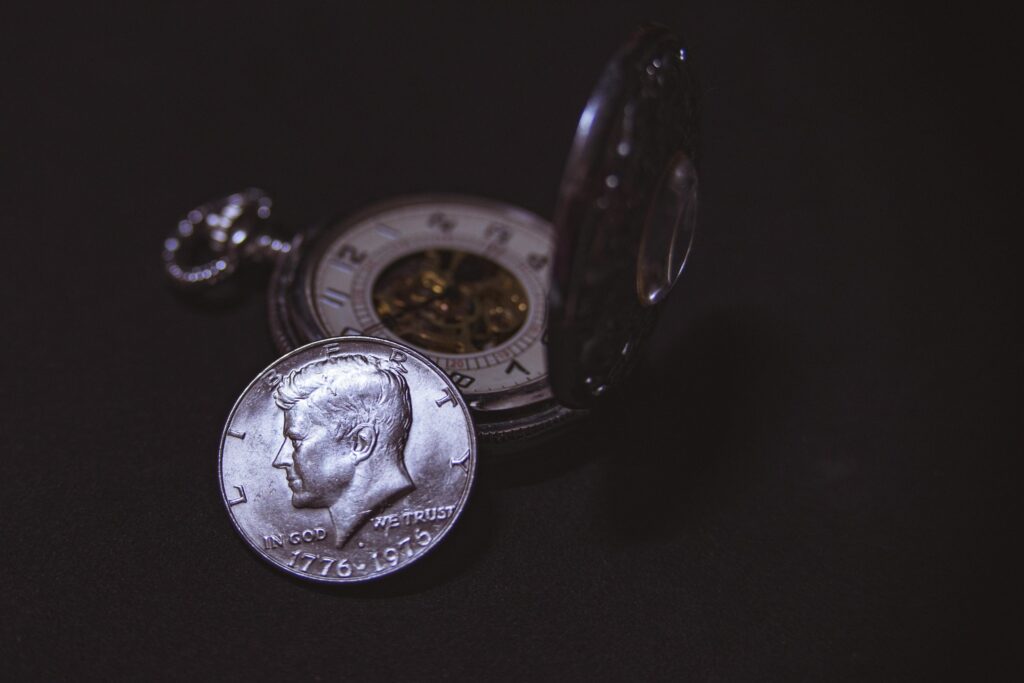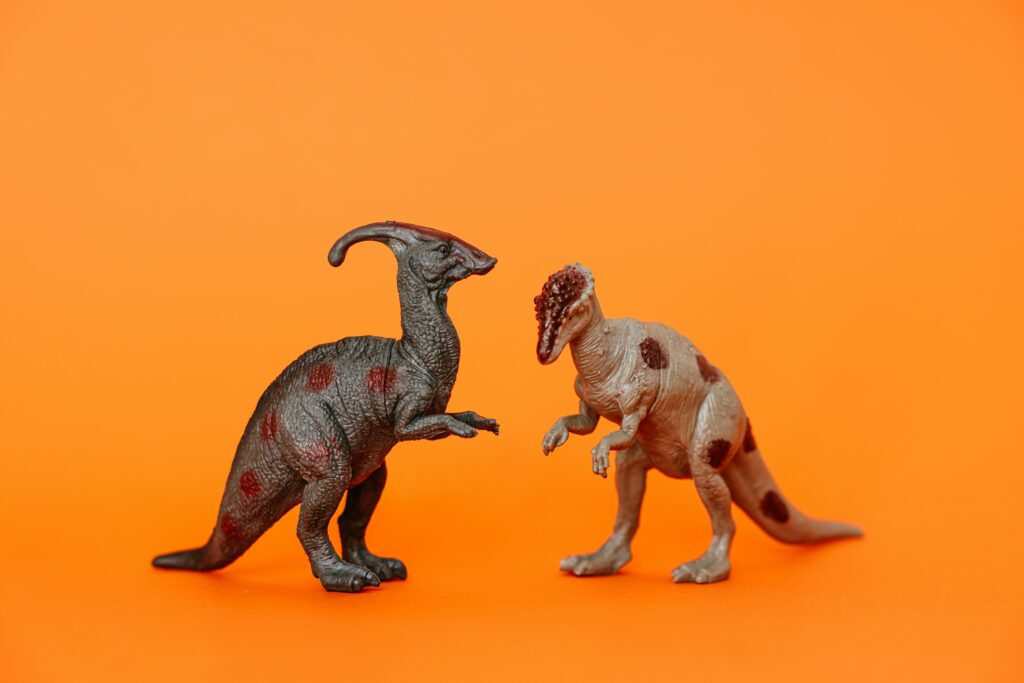CHAPTER 8
Introduction to Roman Civilization
The Roman civilization, one of the greatest and most influential in world history, arose from a small settlement on the banks of the River Tiber in Italy. Traditionally founded in 753 BCE, Rome grew from a tiny agricultural community into a vast empire that stretched across Europe, North Africa, and the Middle East at its peak. The Roman Empire profoundly influenced language, law, architecture, literature, religion, and governance — many aspects of modern society can be traced back to Roman traditions. From the republican institutions of the Roman Republic to the powerful Empire under the Caesars, Roman civilization left a rich legacy that profoundly shaped the course of Western history.
A. Fill in the blanks:
- Rome was built on seven hills by the banks of the river Tiber.
- Rome became the greatest power in the Mediterranean by conquering the powerful kingdom of Carthage.
- Roman society was divided into Patricians and Plebeians.
- The Roman republic was an oligarchy.
- Julius Caesar was the first Roman consul to be made dictator for life.
- The first Roman emperor was Augustus Caesar.
- Augustus Caesar had found Rome a city of brick and transformed it into a city of marble.
- Two most outstanding specimens of Roman architecture are the Colosseum and the Pantheon in Rome.
- The Romans built aqueducts to carry fresh water from the lakes to the cities.
- Emperor Constantine made Christianity the state religion.
B. Match the following:
- Patricians – Aristocrats
- Pax Romana – Roman peace
- Latin – State language
- Virgil – Epic poems
- Cicero – Orator
- Pantheon – Roman temple
- Forum – Public meeting place
- Jupiter – Sky god
- Mars – God of war
- Apollo – Sun god
Have a look on the essay on Evil of Wars Essay For Class 6
Read the Question and Answer on The Mesopotamian Civilization
C. Answer the following questions:
- How many classes was Roman society divided into? Name them and mention any two features of each class.
- Roman society was divided into two main classes: Patricians and Plebeians.
- Patricians:
- They were the aristocratic ruling class.
- They held high positions in government and military.
- Plebeians:
- They were the common people, including farmers, artisans, and merchants.
- Initially had limited political rights but later gained representation in government.
- State one important feature of each of the following forms of government in ancient Rome:
- Republic: Power was held by elected officials rather than a king.
- Oligarchy: A small group of elites controlled the government.
- Dictatorship: A single ruler had absolute power, often in times of crisis.
- In what way did Augustus Caesar contribute to the growth of Roman civilization?
- He established a stable government, expanded infrastructure, encouraged trade, and initiated the Pax Romana (a long period of peace and prosperity).
- Why is Rome called the ‘Eternal City’?
- Rome is called the ‘Eternal City’ because of its long-lasting influence on culture, politics, and civilization, and its continued prominence throughout history.
- Mention two unique features of Roman engineering that made it possible for the Romans to construct huge buildings.
- The use of concrete, which made buildings stronger and more durable.
- The development of arches and vaults, which allowed for larger structures and better weight distribution.
- Mention two important features of each of the following:
- Roman roads:
- Built using multiple layers of stone and gravel for durability.
- Connected the empire efficiently for military and trade purposes.
- City planning:
- Grid-like layout with forums, markets, and public baths.
- Sewage and water supply systems were well-developed.
- Aqueducts:
- Carried fresh water to cities from distant sources.
- Used a gradient system to ensure continuous water flow.
- Roman religion:
- Polytheistic, with gods and goddesses representing different aspects of life.
- Later, Christianity became the official religion under Emperor Constantine.
- Roman roads:
- What was the state religion of the Romans and which emperor introduced it?
- The original state religion of the Romans was polytheistic, worshipping gods like Jupiter and Mars.
- Emperor Constantine introduced Christianity as the state religion.
- Which was the sport enjoyed by the Romans?
- The Romans enjoyed gladiator fights, chariot racing, and wrestling.
D. State whether the following are true or false:
- True – The Romans had the most powerful army in the ancient world.
- True – In Rome, monarchy was replaced by a republic.
- True – Latin was the state language of the Roman civilization.
- False – The city of Rome had a circular layout. (It had a grid-like and planned layout.)
- False – The roads were unsafe for travelers. (Roman roads were well-maintained and patrolled.)
- True – Jesus Christ was born in Palestine, a Roman province.


